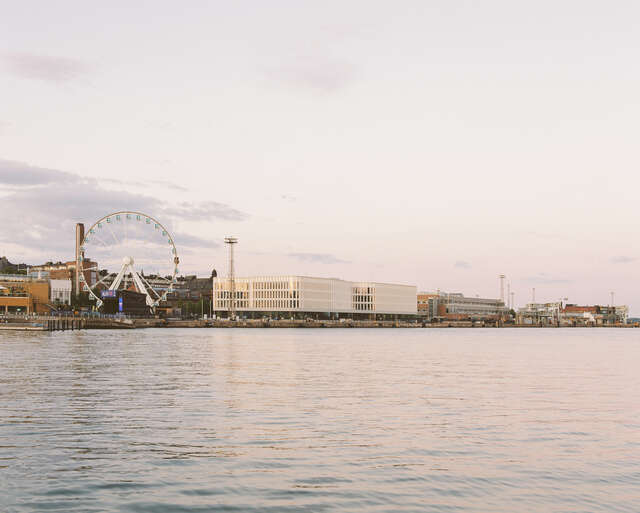Architecture and Design Museum goes beyond the museum walls with a local working group

Maarit Hohteri
The Architecture and Design Museum's project explores how to achieve truly effective inclusivity both in the planning of the new architecture and design museum and in society as a whole. The Architecture Outside the Box working group invites local residents to participate in a bench workshop.
In this community-driven project, museum work extends beyond the museum's walls. The Architecture and Design Museum's project Architecture Outside the Box collaborates with citizens to find new ways for local communities to influence their environment and engage in museum activities.
The goal of the project is to develop a model for museum work conducted outside museum buildings and to investigate how genuine participation can be realized in the future museum building planned for Eteläranta and more broadly in society.
The museum held an open call, selecting a working group to lead the project and plan its activities and budgeting. The team decided to organize a bench workshop where participants can collaboratively build public space furniture from pre-made parts.
"The plan arose from a desire to create places for gathering and resting in public space. Through the bench workshop, participants can physically create shared spaces and mark important locations in the city for themselves or their community," explains working group member Nuura Naboulsi.
The team describes the bench workshop as a safe space for experimentation, fun, and collaborative building and painting. On the last weekend of October, the 26th and 27th, the Cultural Center Stoa and its adjacent square will transform into an open workshop as part of Stoas's 40th anniversary celebration. At the end of the workshop, participants will take the benches to locations of their choice for use by the community.
"Through the benches, we want to comment on who gets to use public space. Hostile and exclusionary architecture can be countered, for example, by extending park benches to allow people to lie down," says team member Kamaludin Abdulla.
Read more about the bench workshop here.


